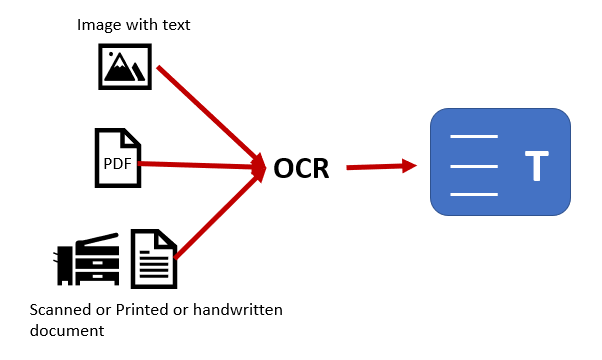What is the Full form of OCR?
The OCR full form is “optical character recognition.” Additionally known as text recognition or OCR (optical character reader). It is required to transform editable, readable, and searchable data from scanned paper records or digital camera images of documents into editable, readable, and searchable data.
Read Other Full Forms
- It is possible to read and analyze the scanned page of a physical document on the screen, whereas the machine can only recognize a series of black and white dots.
- OCR was developed so that a machine could comprehend a scanned document and produce a digital copy.
- OCR analyzes the content of a scanned document and translates the characters into a computer-readable language, allowing the text to be converted into a digital or soft copy format, similar to a document created by a word processor, which may be edited, formatted, searched, and understood by users.
- Utilizing the optical features of words and phrases displayed on a scanned sheet or piece of paper, the device assists in identifying remarks and characters on a scanned document or digital representations of actual handwritten or printed handwritten records.
How does OCR function?
- The scanner scans the paper’s physical form.
- After the text is scanned, the program analyzes its layout and converts it into a color or monochrome copy.
- The scanned file is evaluated for light and dark regions.
- The dark regions are regarded as characters, whereas the light regions constitute the backdrop.
OCR software methodologies may vary, but they typically evaluate one character, word, or group of characters at a time and classify them using one of the two algorithms below.

Pattern recognition
The development of OCR software involves supplying text examples in multiple fonts and formats so that the software can recognize and accurately identify the structure or design of letters.
Feature Recognition
In these strategies, OCR programs rely on the functionality of a character or number. The qualities could include the number of angled lines, crossing lines, or curves in a character. For example, the letter ‘A’ can be maintained in the center as two lines attached to a horizontal line and also joined at one end.

